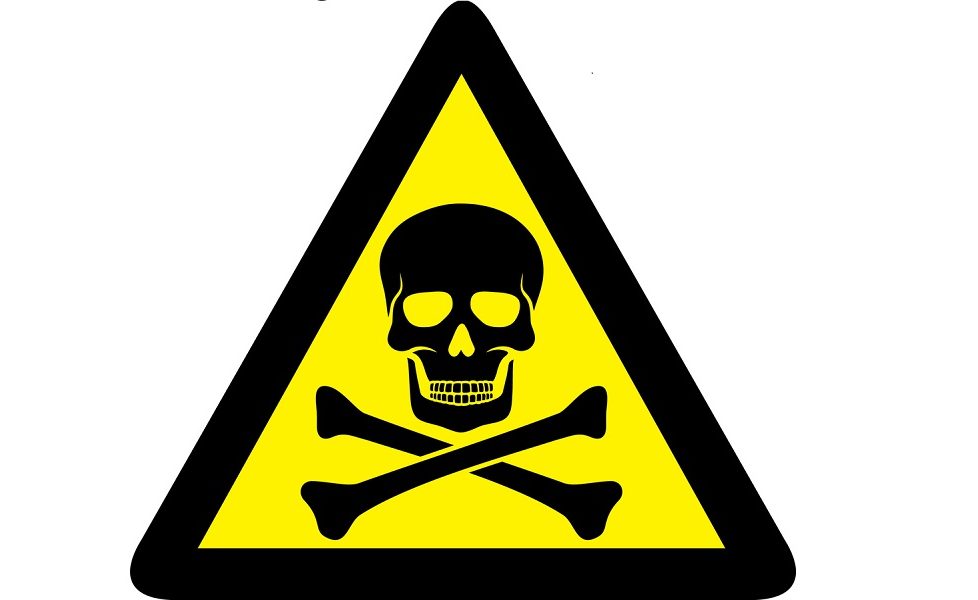What To Do When You Have A Toxic Employee?

Negative behaviour at work from a toxic employee is like a seed. Once dropped it can grow and spread causing unease and dissatisfaction in a team quicker than poison. It can suck out the productive juices of everyone in the environment. Unfortunately, there is no net gain as they rarely contribute to the growth of the business. Causing high staff turnover and low morale, toxic employees can be bad for business.
Colleagues dread working with them and customers dread communicating with them, so it’s no surprise that when their behaviour becomes detrimental to the business, it’s time to start taking some action.
Whilst we can all clearly see the effects of such staff members, recent research by Harvard Business School found that the annual cost of not hiring a toxic worker was around £8,573, which is the average expense of replacing workers who leave in response to a toxic colleague.
It’s the HR nightmare that all employers dread, and whilst you may personally be able to tolerate the toxic behaviour, you must never underestimate the impact it is having upon others.
Rather than hide your head in the sand and hope that it all goes away, these practical steps should encourage you to tackle the issue head-on.
Many employers are quick to believe that’s it’s best to jump in with a hard authoritative meeting that will nip bad behaviour in the bud. However, the old-fashioned command can work in the opposite way. Many toxic employees may resist authority and feel vindicated by your actions.
Give them the chance to explain their behaviour. Look at what is causing the negative feelings towards the company or to other colleagues. If you can come to a solution and resolve the issue on level ground, they will be far more cooperative. With this approach, they may even be more prepared to assist in meeting a resolution than if you had gone in all guns blazing.
The root of the problem may be causing ripples throughout the company. Identifying the behaviour early will ensure employees feel understood by senior members. Any action to ease frustrations in a speedy way will be welcomed.
Unfortunately, if a talk is not sufficient enough to change attitudes and behaviours, the next step is to identify the bottom line. How far are you going to allow the unacceptable behaviour to go without taking drastic action? You need to be clear about what will trigger going through rigorous steps to either stop the behaviour or let the employee go.
This is a step that no employer wishes to undergo, as unhappy employees can commonly claim unfair dismissal and the cost of recruiting is a significant business cost.
Most of those who are toxic are nonperformers for the business anyway and are probably ready to leave. No matter what type of person you are, consistently underperforming doesn’t make for happy employees.
Take legal advice to make sure you are on safe ground. Then take the responsibility to address them about their role in the company. When it’s right to do so, start the legal process of written warnings.
Investigate the case fully with legal guidance to ensure the company is protected, but don’t feel as though you’re being cornered to keep the toxic employee.
If you’re concerned that you may accidentally hire a toxic employee without even realising it, then it may be best to look at your existing practices to ensure you avoid characters that may begin to harm the company’s reputation or even the environment of workers in the business.
Don’t rush recruitment. This can lead to quick hires that may not fit in as well with the existing company culture. Set up schemes to recognise and reward those already in the business so that they feel valued.
As a freelance writer within the business and marketing sector, I’ve spent many years working alongside SME’s in an effort to grow and boost their business in the new digital age of marketing.
